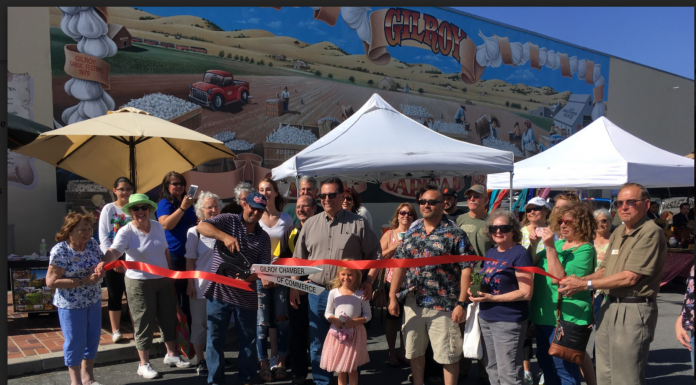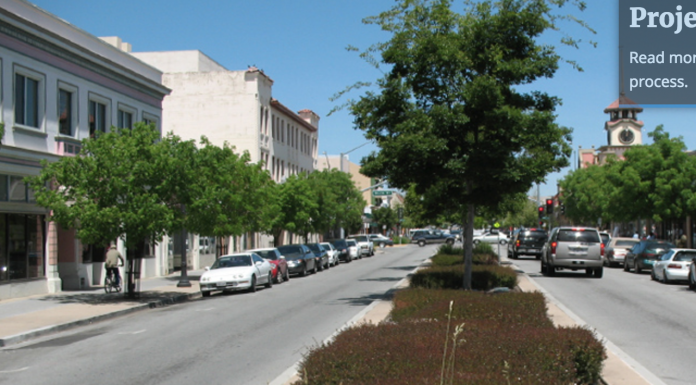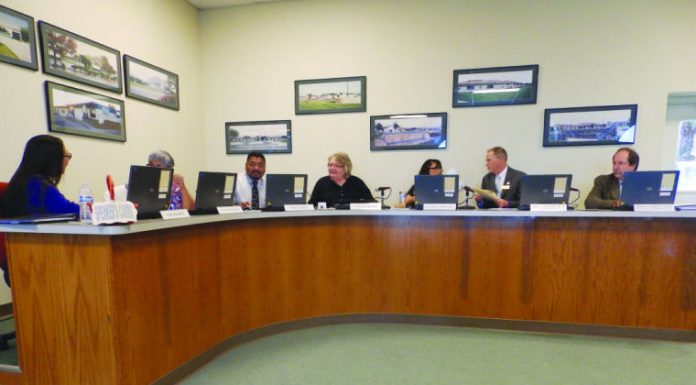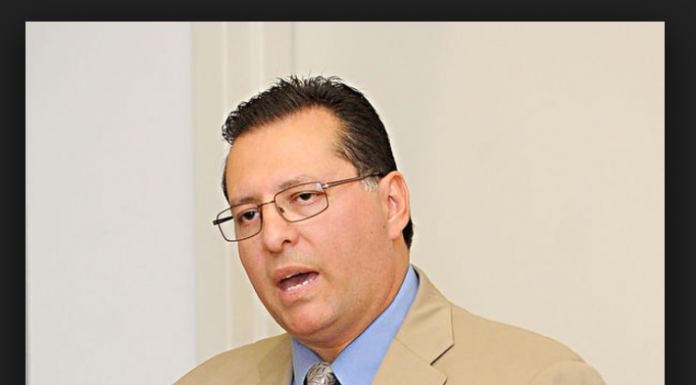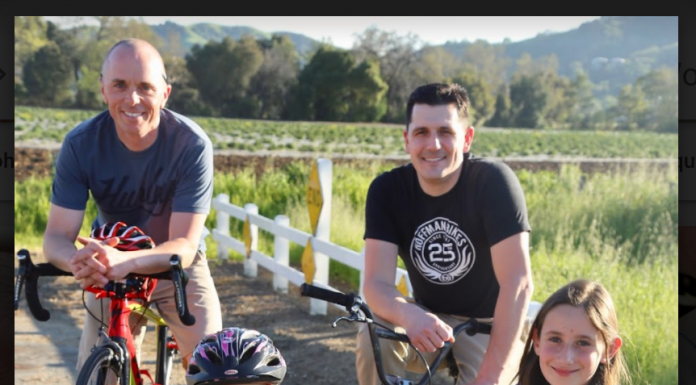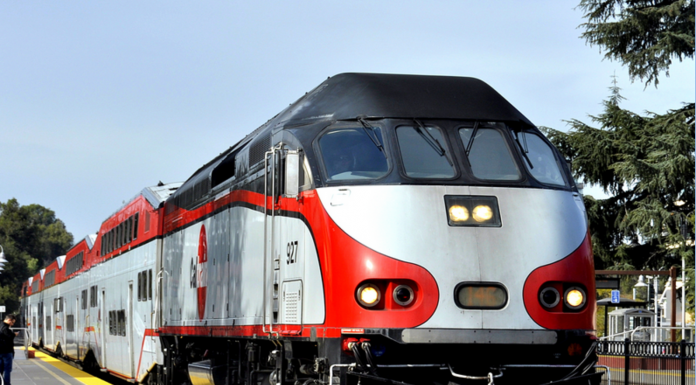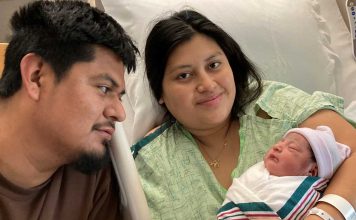Guest Column: Build the High Speed Rail Above Downtown Gilroy
For months there has been controversy swirling around the potential advent of High Speed Rail in our community. Many people wish it would not come at all. Others have been hoping for more details about how it will effect Gilroy, which have been lacking until recently.
Guest Column: Why our congressman hates the proposed budget
President Trump’s damaging budget proposal would slash government programs critical to families, students, and businesses on the central coast of California.
Guest Column: New Signs Make Welburn Safer
The turn restrictions at the corner of Welburn Avenue and Mantelli Avenue are making Upper Welburn Avenue safer. The signs restricting turns are a result of four years of communication with city staff, extensive study by city traffic engineers, and three unanimous decisions by the Gilroy City Council.
Guest Column: How Can We End Poverty?
We are living in a time when knowledge is rapidly acquired and spread in society. Our cell phones give even the average citizen instant access to the entirety of human knowledge. Yet, with all this knowledge that has improved the lives of many, we still have not adequately addressed the problem of poverty that plagues so many. What is most distressing is the fact that we have allowed poverty and its effects on people to remain hidden.
Guest Column: Earth Day Anniversary
April 22nd marks the 47th Earth Day -- a day created to celebrate our planet, environment, and wildlife. Every Californian has a story to tell about how nature has made their lives richer. For some, it is regional food, lakes and rivers, or a beloved local park. For others, it is the ties to ranches, working farms, forests, or our magnificent public lands. The ecosystem is one of California’s greatest assets. We have a unique and diverse climate and geography, and some of the most diverse and extraordinary plants and wildlife in the world.
Editorial: Political Speech Should Be Free
Since California has had strict protections for keeping government open to the people. That’s why we were shocked to see that Gilroy’s Mayor Roland Velasco was giving his state of the city speech to an audience that paid $30 apiece at a Chamber of Commerce fundraiser to hear it last week, and with him were four other city council members.
Editorial: Sports Complex, If we build it, they will come
Iceland, which had one of the worst epidemics of teen drinking and drug use 20 years ago, has had a huge turnaround, largely by using things we consider common sense.






